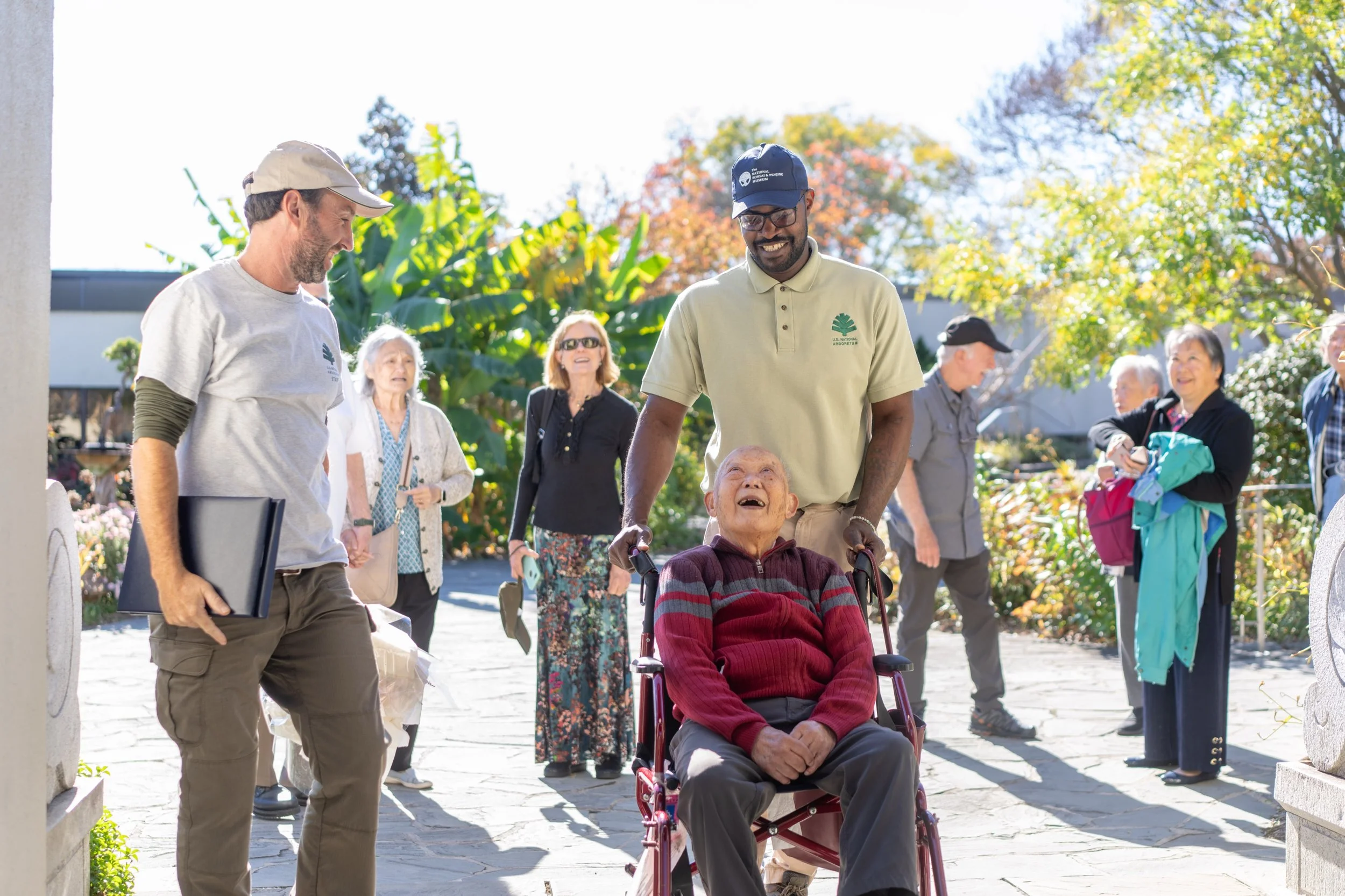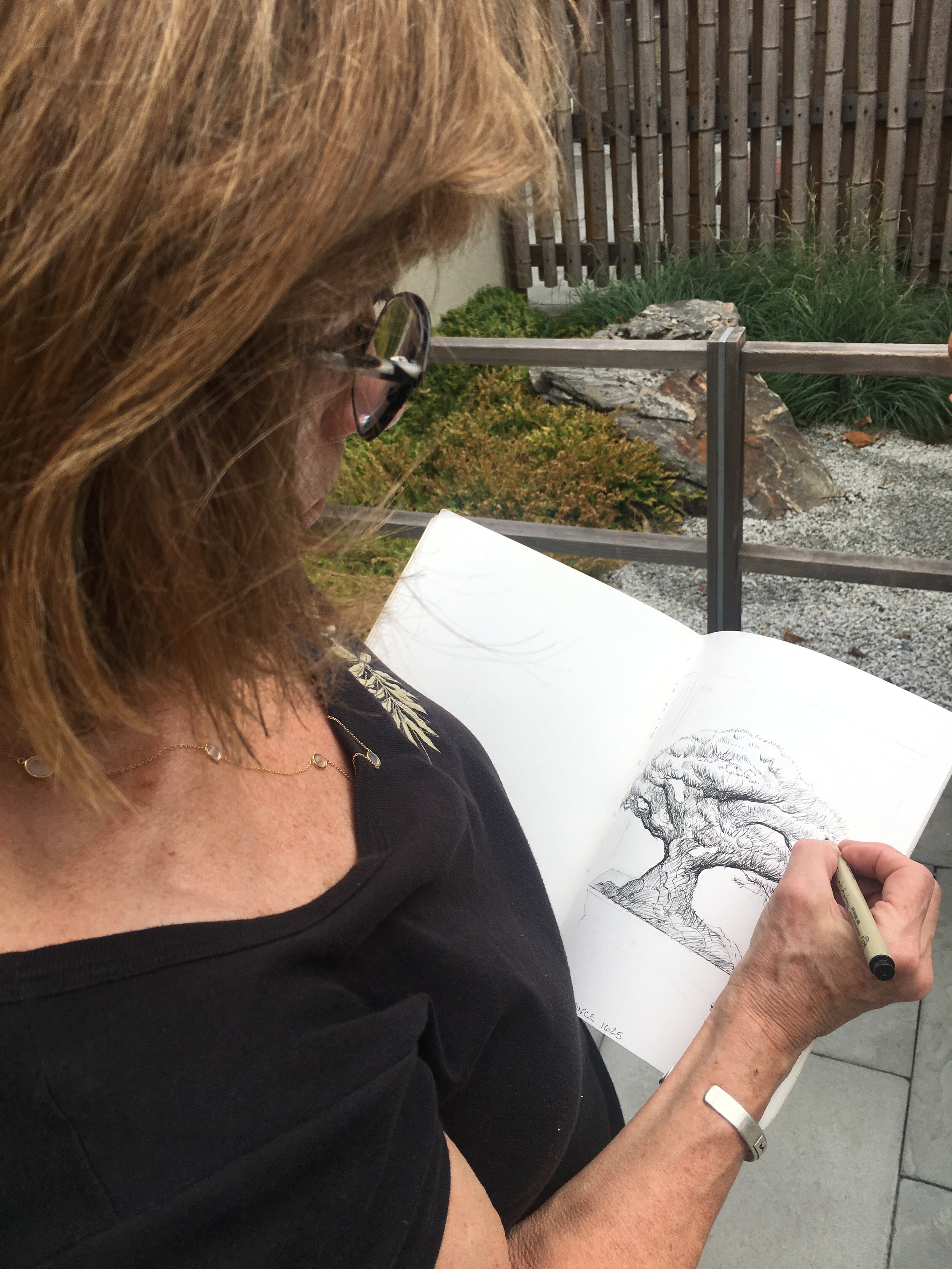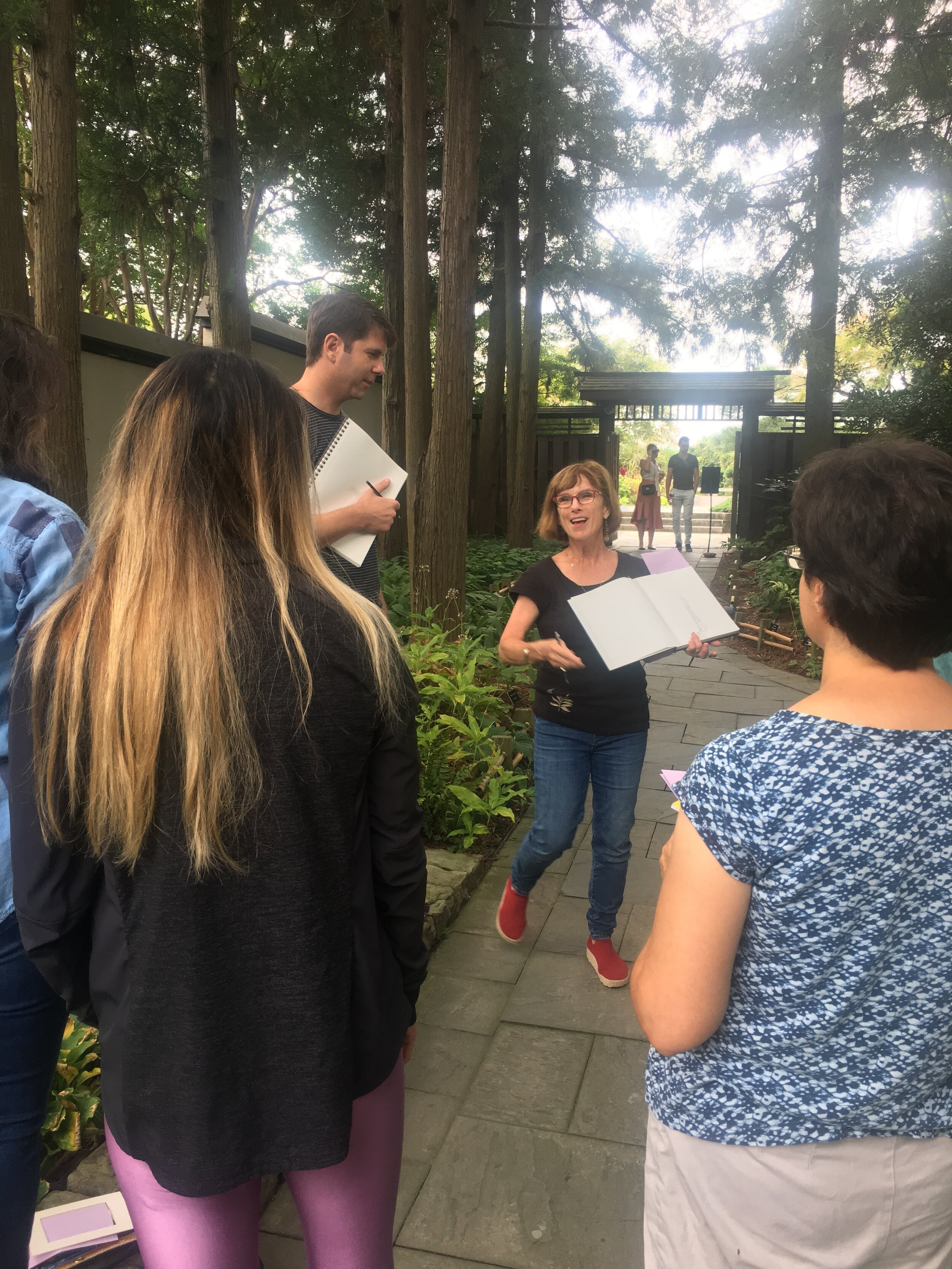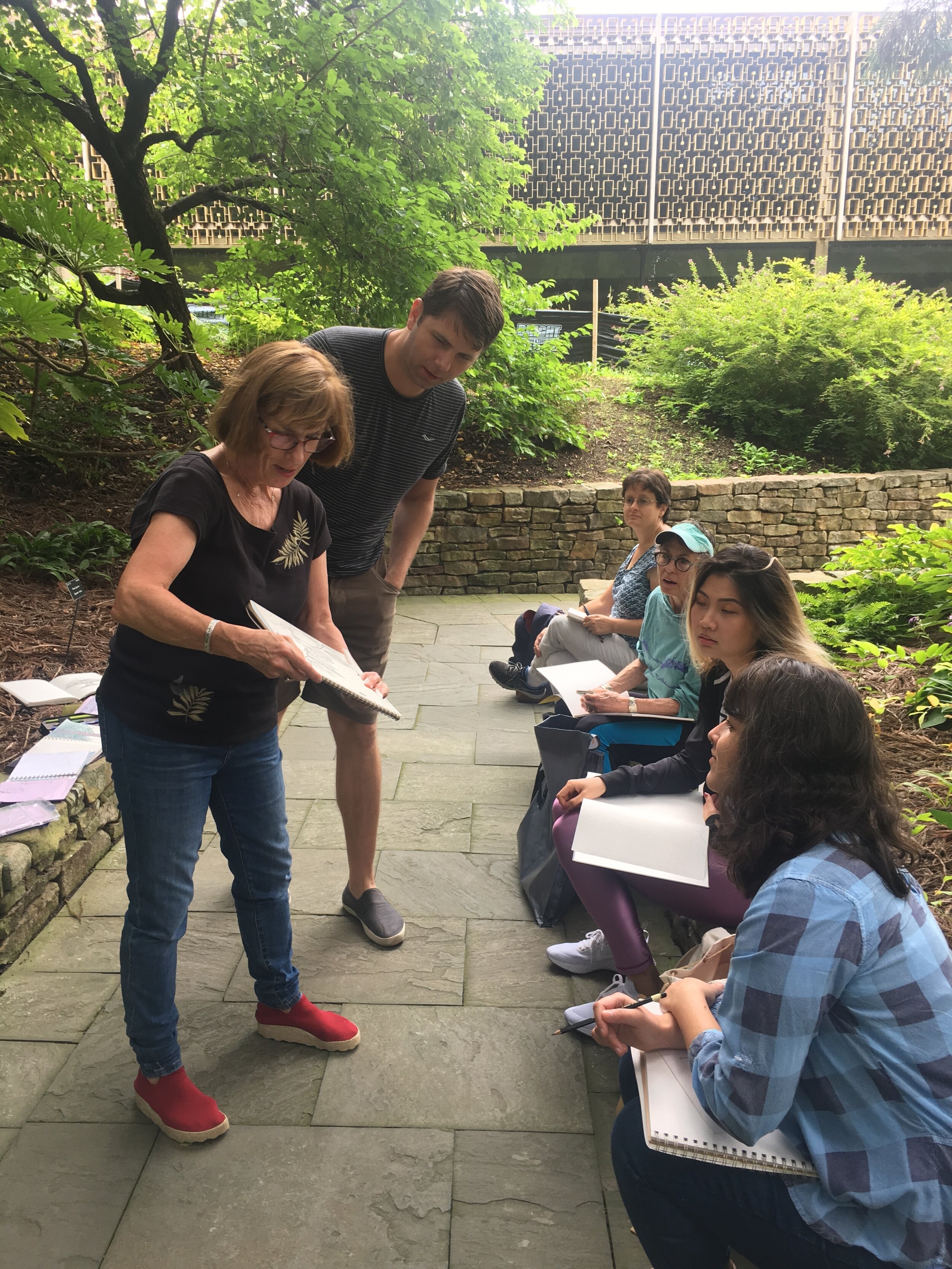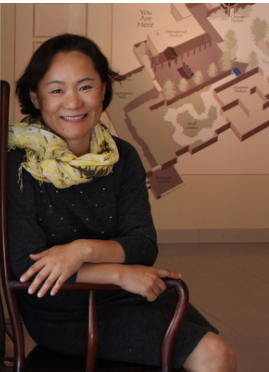As a photographer who now makes a living snapping pictures of some of the world’s most influential figures, Stephen Voss didn’t always know that photography could be more than a hobby. Once a bonsai novice, he certainly didn’t think he would publish a photography book of bonsai.
Now that he’s an accomplished photographer, Voss wants to share his “tricks of the bonsai photography trade.” This entry is part of his regular guest blog series, “Photographing Bonsai with Stephen Voss"," published on NBF’s blog, covering everything from lighting, angles and mindset needed when photographing the trees. Sign up for our newsletter and follow us on Facebook and Instagram to never miss one of his entries! Read his last entry here.
Washington, D.C. has resisted giving itself over to winter this year, with 70 degree days and only a handful of nights below freezing. On one of these warm January days, I visited the National Bonsai & Penjing Museum to photograph the trees in the winter light.
While the trees are the main attraction, the Museum grounds are not to be overlooked. The cryptomeria-lined entrance gives you the sense of moving from one world to another, emerging through the main gates to the courtyard where a single tree can be seen.
Stephen Voss
To find the majority of the trees, you must walk through the Chinese Pavilion, in which the trees spend the colder months. The open air building boasts a roof of translucent glass, which keeps the pavilion a few degrees warmer than outside. But more importantly, this glass is the key to creating some of the most beautiful light the Museum sees all year. The low-angled winter sunbeams scatter and soften as they pass through the panes but somehow still retain a certain crispness as they fall upon the resting trees.
The trees are often just inches apart from each other, allowing for one to observe the collection as a miniature bonsai forest – a remix of the typical presentation that gives each tree its own space. In these tight configurations, there are photographs to be made exploring the relationships between the trees.
Stephen Voss
There are signs of life to be found in the pavilion even a third of the way through winter. Camellias are bursting with blooms and the Chinese quince’s jewel-like green buds erupt skyward. Winter light in the Chinese Pavilion never comes from straight above, but shines from hard angles, reflecting the shortened daylight hours.
Stephen Voss
The Toringo Crab Apple, in training since 1905 and one of my favorite trees, still bears some small yellow fruit that faintly sways in the breeze from the circulating fan.
Winter is a season of rest and stillness, and I don’t think there’s a better time of year to visit the Museum. Over the year and a half that I was photographing my book – In Training, A Book of Bonsai Photos – the majority of the photographs were produced from the two winters I spent there. The bare deciduous trees become abstract forms, and it’s at these times that the invisible hands of the bonsai master’s work are most clearly seen.

